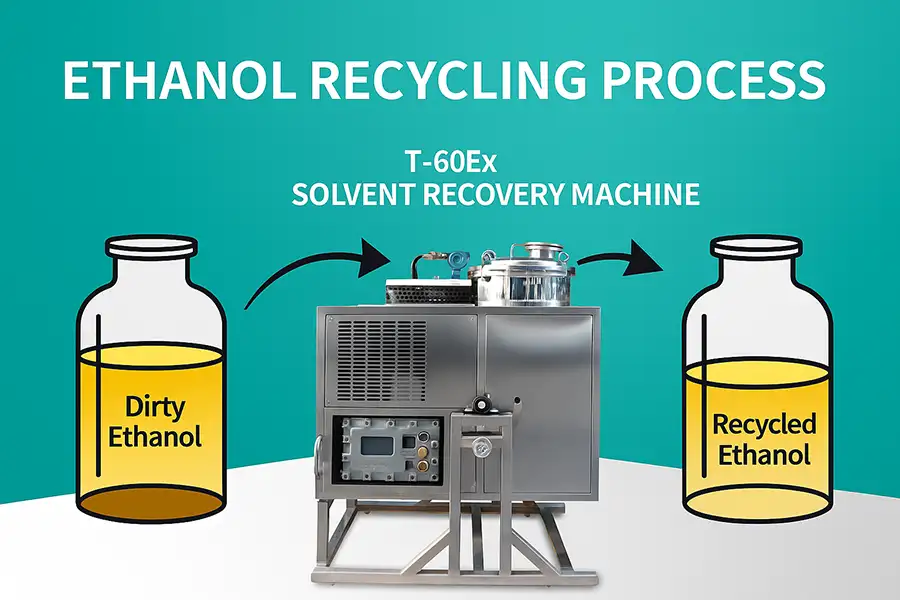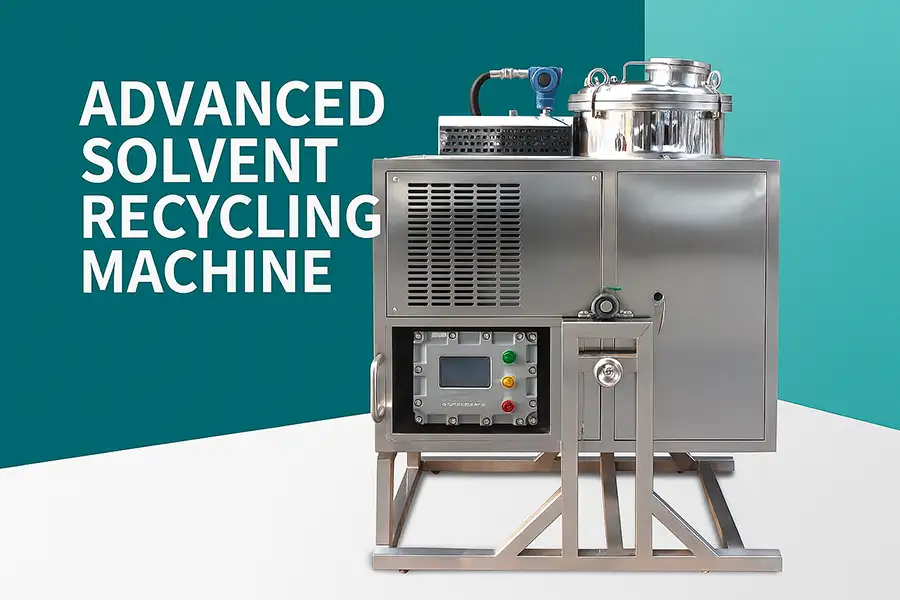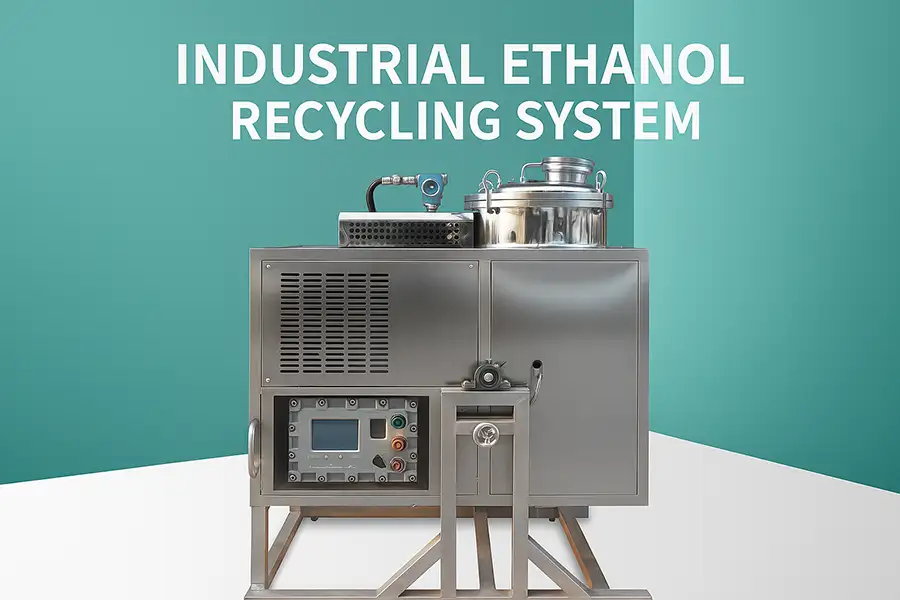Ethanol Recycling: How It Works and Why It Matters
Discover how sustainable practices in ethanol recovery can transform your industrial operations while reducing environmental impact and costs.

What Is Ethanol Recycling?
Ethanol recycling involves recovering and purifying used ethanol from industrial or laboratory processes for safe, efficient reuse. As one of the most widely used solvents across pharmaceutical, cosmetic, and chemical industries, ethanol offers significant recycling potential. Instead of disposing of spent ethanol, recycling enables industries to reclaim valuable resources.
This circular approach reduces both environmental impact and operational expenses. To properly implement this environmentally responsible approach, companies need to understand solvent recovery fundamentals and waste disposal protocols.
Answer: Improper disposal violates environmental regulations and contributes to pollution. Recycling prevents hazardous waste while saving material costs. According to EPA, solvent recovery reduces hazardous waste generation by up to 70%.
How Ethanol Recycling Works
The process relies on distillation - separating ethanol from impurities using boiling point differences. Industrial solvent recycling machines heat waste solvents until ethanol vaporizes. Vapors are then condensed back into pure liquid form, leaving contaminants behind.
Heating
Precise temperature control separates ethanol from contaminants
Vaporization
Ethanol converts to vapor form at specific boiling point
Condensation
Pure ethanol vapors are condensed back into liquid form
Modern solvent recovery systems achieve purity levels exceeding 99%, suitable for sensitive applications. These systems are compact, automated, and energy-efficient, helping industries meet sustainability goals without compromising production quality.

Industrial Applications of Ethanol Recycling
Ethanol recycling has valuable applications in:
Pharmaceutical manufacturing for cleaning and synthesis processes
Cosmetics production for formulations and extraction
Paint and coatings industries as thinner or solvent
Laboratories for sample preparation and equipment cleaning
Biofuel production as a reusable process solvent
Answer: Recycling minimizes waste, reduces carbon emissions, and conserves resources. International Energy Agency studies report solvent recovery cuts energy consumption by up to 40% compared to new solvent production.
The Role of Solvent Recycling Machines
Specialized solvent recycling systems form the core of ethanol recovery operations. These units integrate precision heating, condensation, and filtration technologies to purify solvents efficiently. System capacities range from small laboratory units to industrial-scale machines processing hundreds of liters per hour.
50-80%
Solvent Purchase Reduction
70%
Waste Disposal Reduction
40%
Energy Efficiency Gain
According to European Chemical Industry Council studies, solvent recycling technologies can reduce solvent purchase costs by 50–80%, offering substantial financial incentives for adopting ethanol recycling solutions.

Safety and Environmental Considerations
Industrial ethanol recycling requires careful safety planning. Key considerations include:
Flammability risks requiring explosion-proof equipment
Ventilation requirements for vapor management
Proper residue disposal for distillation by-products
Regulatory compliance for solvent handling and storage
For operations handling multiple solvents, integrated recovery solutions efficiently process complex mixtures. Learn more in our technical guide: How Solvent Recovery Systems Work.
Answer: Compact solvent recyclers are available for laboratories and small facilities. These units are easy to operate with minimal maintenance requirements. Our guide on solvent recycler machines provides selection criteria.
Economic Benefits of Ethanol Recycling
Implemented correctly, ethanol recycling delivers significant monetary advantages:
| Financial Benefit | Savings Range | Operational Impact |
|---|---|---|
| Reduced solvent purchase | 50–80% | Lower material costs |
| Waste disposal reduction | Up to 70% | Reduced compliance costs |
| Energy efficiency gains | Up to 40% | Lower utility expenses |
| Tax incentives | Varies by region | Improved cashflow |
Interested in Specific Cost Savings?
Calculate your potential ROI with our solvent recovery calculator for precise savings projections.
Estimate SavingsConclusion
Ethanol recycling represents more than technical innovation—it's a strategic implementation of circular economy principles. Modern solvent recovery systems help industries reduce costs by 50-80%, minimize environmental compliance risks, and enhance sustainability metrics.
For additional information on solvent recovery technologies, explore our educational resources:Understanding Solvent Recovery and Solvent Waste Management.
Key Benefits
Up to 80% reduction in solvent purchase costs
70% reduction in hazardous waste generation
ROI achieved in 6-24 months for most systems
Simplified regulatory compliance
Improved sustainability credentials
Industry Resources
Get Expert Consultation
Schedule a free consultation with our solvent recovery engineers
Request Consultation